
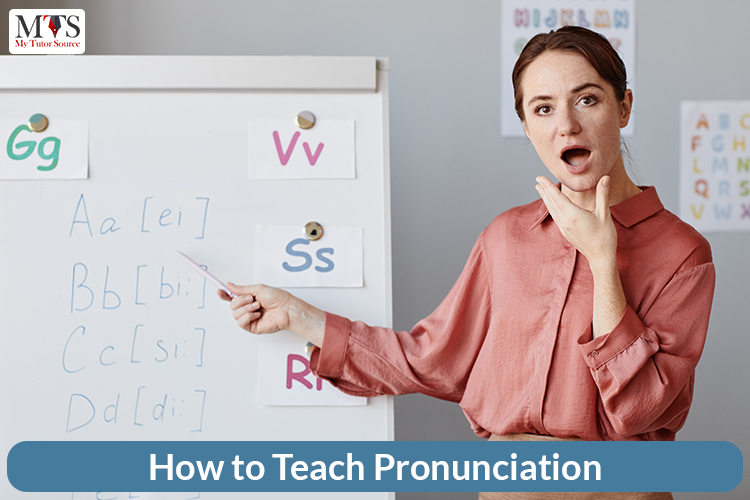
Having difficulties teaching pronunciation is an issue all English teachers have faced at some point. It is no doubt a difficult task. However, we are here to make your teaching problems go away. This blog will equip you with excellent tools and activities you can use to make learning pronunciation more fun.
Teaching pronunciation often leaves many instructors baffled, as it is a laborious task. There’s just so much that the English teachers need to fit in their daily lesson plan, that teaching appropriate pronunciation often gets overlooked. However, to enable your students to speak English clearly and communicate effectively, teaching pronunciation constructively is very important.
For all the English tutors out there facing innumerable arduous challenges in teaching pronunciation, we have compiled a comprehensive guide; detailing every aspect of teaching pronunciation you need to be familiar with.
We’ll be going over the frequently faced challenges that arise in teaching pronunciation and effective ways in which you can tackle every single one of them. We’ll also be touching base with all core concepts, terminologies, and fun activities that can help you be a better English tutor and facilitate your students with the improvement of their pronunciation skills.
First let’s get acquainted with the basics of teaching pronunciation, i.e. the most common pronunciation-related terms, what they mean, and how to incorporate them in your lessons.
One of the reasons why tutors find it hard to teach pronunciation is the confusion and challenges surrounding the technical terminologies of ESL pronunciation.
Given you are a native speaker and you speak English naturally, as it is your native language or mother tongue. Therefore, making it more challenging to teach the rules and basics of pronunciation to someone who is a non-native speaker, as it is not their first language. Also, the challenges faced when teaching older children and compared to younger students, can be quite difficult.
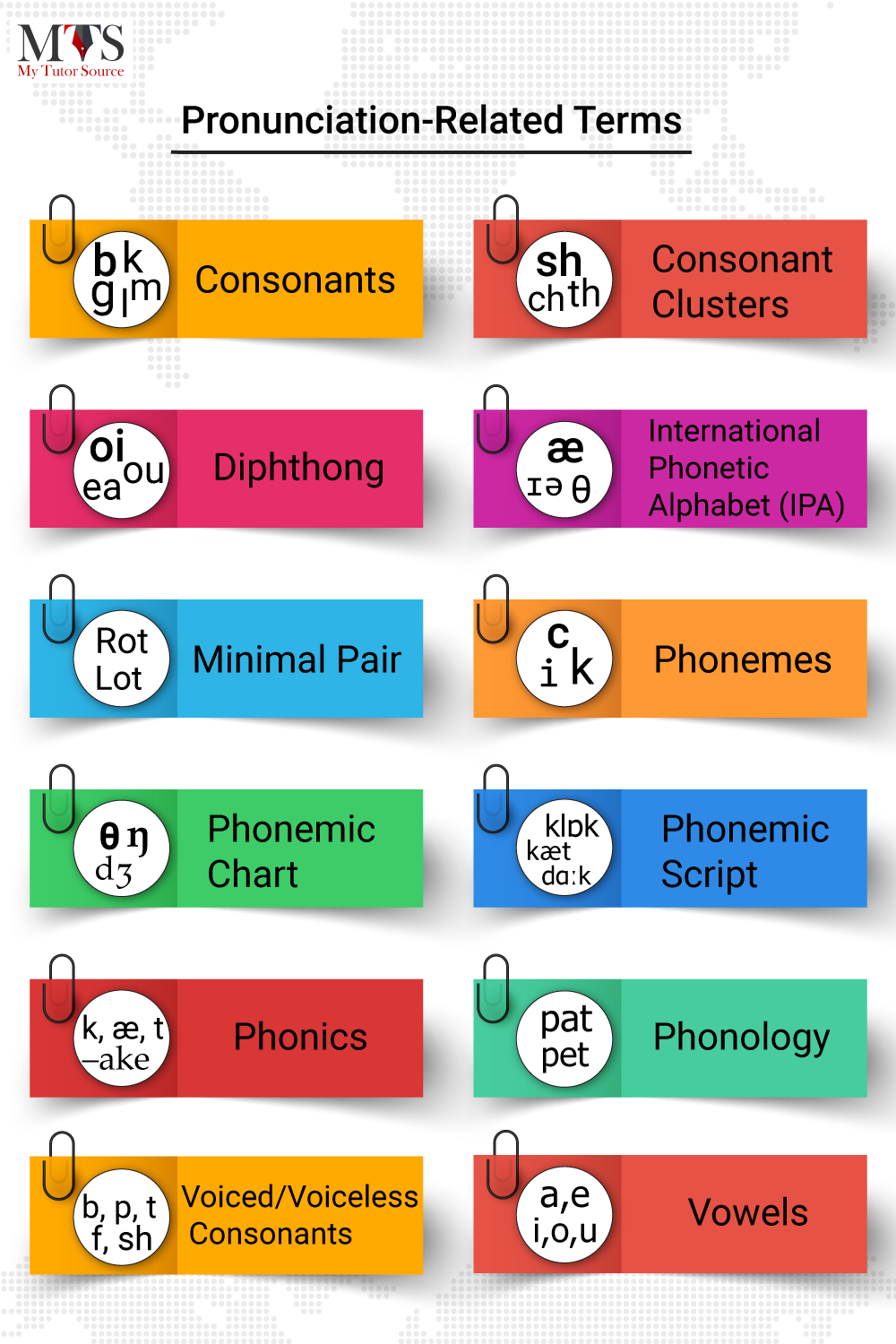
Hence, getting familiar with the most widely used terms and buzzwords will help you teach better.
So here they are:
Consonants
The non-vowel alphabets are called the consonants.
Example: b, m, g, l, k, etc.
Consonant Clusters
A pair of consonants representing a specific phoneme.
Example: “sh”, “th”, and “ch” etc
Diphthong
It is a compound vowel character, basically, the specific sound produced when two vowels are combined or slide into one another.
Example: the “oi” sound in boy or “ea” in feat.
International Phonetic Alphabet (IPA)
So basically the International Phonetic Alphabet is the chart for standardized representation of speech-specific sounds in written form, identifying phonemes of a language.
Example: æ, ɪə, and θ
Minimal Pair
A pair of words or phrases that sound the same but differ only in one phonological element.
Example: “Rot” and “Lot” or “Zeal” and “Seal”.
Phonemes
The perceptually unique units of sound in language differentiating one word from the other are called phonemes.
Example: The alphabet “c” in face, car and hatch has distinct sounds in all three words.
Phonemic Chart
A chart of symbols identifying different sounds in the language that specifies which sounds are voiced and which are not in a word is known as a phonemic chart.
Example:
Phonemic Script
The system of using phonemic symbols from the IPA to transcribe sounds of commonly confused words or phrases is what we call a phonemic script.
Example: The phonemic script for the word “Clock” is “/klɒk/”.
Phonics
“Phonics” are used to teach people how to read/write an alphabetic language based on the relation between sounds and spellings.
Phonology
The field of studying sounds or phonemes is known as phonology.
Voiced/Voiceless Consonants
The basic difference between the two is how the sounds are produced. Voiced consonants require sound to be produced with the vocal cords, whereas voiceless consonants are produced with lips and teeth. If you place your hand on your throat while pronouncing voiced consonants, you can feel the vibration produced by your vocal cords. However, for voiceless consonants, you’ll detect no vibration.
Example: B is voiced consonant whereas P is voiceless.
Vowels
The syllabic speech sounds in the alphabets that do not produce any stricture of the vocal tract is a vowel.
Example: There are six vowels in the English language, “a”, “e”, “i”, “o”, “u”, and sometimes “y”.
Teaching pronunciation, as discussed above, can be quite taxing. However, all you need to do is implement interesting and engaging tools, techniques, and activities to make learning fun. So it’s no big deal, as all you have to do is help your students with the production of audible language by teaching them how to connect letters/letter compounds with sounds.
Let us help you streamline your lesson plans. You can incorporate any of the approaches below to make your lessons more effective
The Phonemic Chart
The phonemic chart is your best friend as an ESL instructor, so make sure you have one and keep referring to it regularly. Get your students familiarized with the chart as it will enable them to pick up commonly confused sounds and words more easily. It will also strengthen their ability to pronounce new words just using the chart.
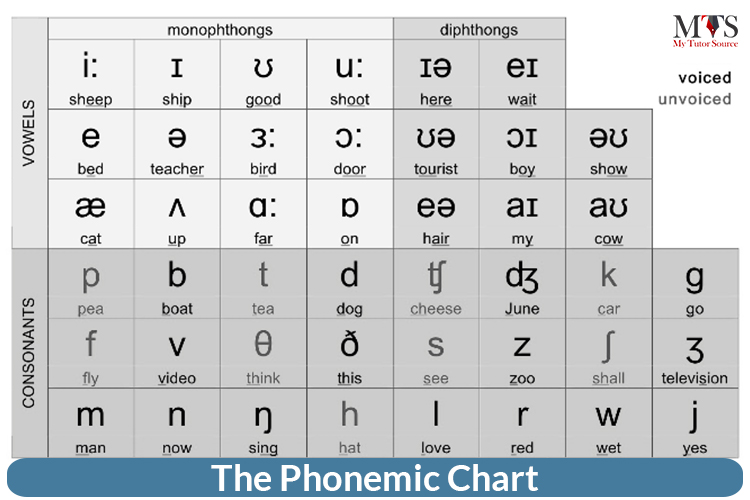
Tongue Positions & Mouth Movement
Teach them the different tongue positions and mouth movements distinct for each phoneme, this will greatly improve their pronunciation skills. You can either show them pictures or demonstrate it yourself. Asking them to imitate you or the pictures is also a great practice to adopt. The more they practice, the more they will perfect their pronunciations.
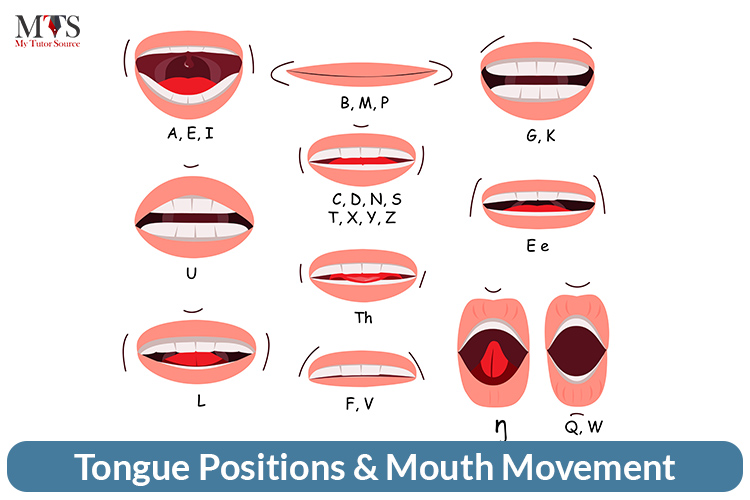
Word Stress, Sentence Stress, & Intonation
If you want your students to communicate effectively you need to teach them stress practice, as English is a stress-timed language. So, try and focus on teaching them the importance of stressing in the right places. Similarly, intonation practice should also help them speak fluently and to be understood easily by others. And don’t forget to teach them proper pronunciation of each vowel as well as appropriate syllable stress.

Assessment & Feedback
To strengthen taught skills and track progress, assessment and feedback play an integral role. Following are a few methods you can employ in your course plan to assess the speaking skills of your students:
Monitoring: Take a walk around the class, check on your students while they are practicing their pronunciation. It will give you an idea of where any of them is lacking and will allow you to help them fix the shortcomings.

Student Presentations: Class participation is a good teaching and assessment tool. Assign individual or group presentation topics. Presenting in front of the class gives them the confidence to speak in front of others, it’s sort of a practice exercise too, and not to forget the rest of the class also gets to engage and learn.

Audio/Video Recording: Get your students to audio/video record their pronunciations. It will be helpful for them to see themselves speaking, would act as a practice exercise, and will allow you to assess and grade them efficiently, with thorough feedback!!

Interviews: Select a specific context and set an interview, this can be a great exercise to help your students get fluent with pronunciation and speaking skills.
Graded Paper Tests: Develop tests and assessment exercises for your students, as this will enable you to detect their progress in a better way. Feedback from graded tests can help with improvement.
As an instructor, you know that it is more challenging to teach something from scratch. Working with beginners is no doubt more daunting. But we’ll take you through the various techniques you can use to make your worries rest easily. Just start with the basics and then keep increasing the difficulty level bit by bit.
“Grammar chants” are a good starting point, as imitation and repetition are effective learning methods, and we know very well that practice makes perfect. Don’t go to phonemic charts or IPA just yet, start with teaching phonics individually.. Here are a few areas of focus when working with beginners:
The difference between teaching beginner level and intermediate or advanced level is just the intensity and difficulty of concepts and techniques. With intermediate level or advanced level students, you don’t need to go into the above-mentioned beginner level activities.
As you are teaching speaking and listening skills, you can employ several fun activities and games to make your lesson fun and interactive. These activities have a bonus as it is a fun practice, moreover, it helps your students overcome their shortcomings for maximum improvement.
Identify minimal pairs that are challenging for your students and prepare a list. Divide them into pairs, and hand over sheet A to one and sheet B to the other. Ask your students to dictate their words to one another. The goal is to complete 12 minimal pairs, whoever gets done first from the pair, will be the winner. Once they are done, collect their sheets. Use this time to answer any of the questions or challenges they had during the activity. You can also have students evaluate their own or each other’s results.
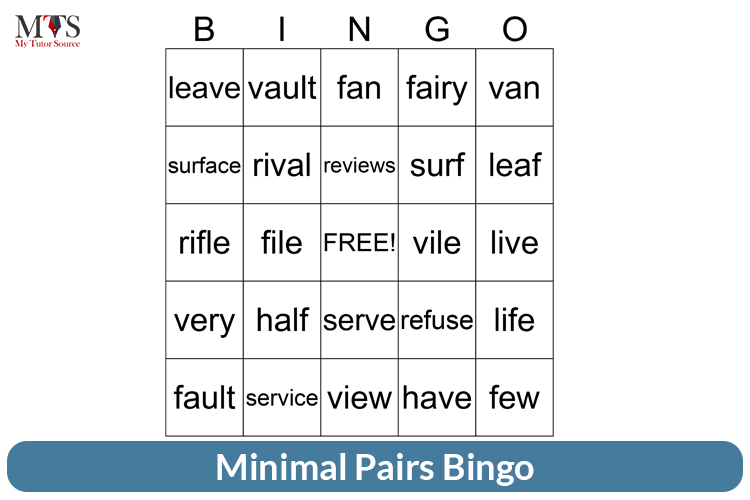
Let your students have a chance to take a dunk and score!! Write some difficult words on pieces of paper. Place a trash can in the middle of the room, have the children sit around. One by one, they’ll come and pick a piece of paper. If they can pronounce the target sound or word correctly, they get to crumple up the paper and take a shot at the basket, giving them a sense of achievement. And the students in the audience understand the pronunciation better too, as well as add new vocabulary to their list.
Dictation is scary for kids, although it is a great practice. Picture dictation is a way to spice things up a little and make it more interesting. Dictate a passage describing various minimal pairs and other words, and the children have to draw or identify the corresponding pictures. It is a fun listening activity, which tells how good your students are at listening and identifying pronunciations.
Moreover, Odd One Out, Run and Grab, Total Physical Response, Fruit Salad, Chinese Whispers, Card Games, and Minimal Pair Math are also interesting games that can be played in the classroom to perfect pronunciation by adding new vocabulary and different words to their knowledge. You can also find some other interesting activities by visiting.
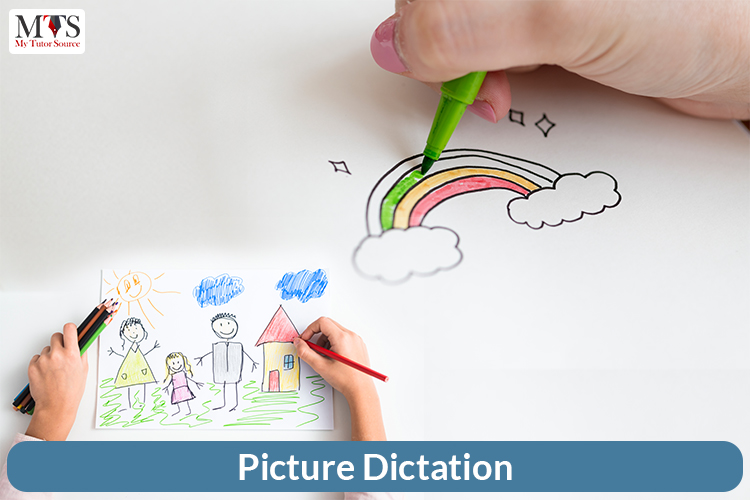
We know that teaching pronunciation is not an easy task, in fact, it is the most strenuous part of teaching the English language. But we sincerely hope this guide will help ease things up as it addresses all your major concerns thoroughly.
Just know that your efforts will lead to powerful pronunciation progress, improving their speaking and listening skills, producing intelligible language, and one day enable these students to communicate effectively with people all over the world.